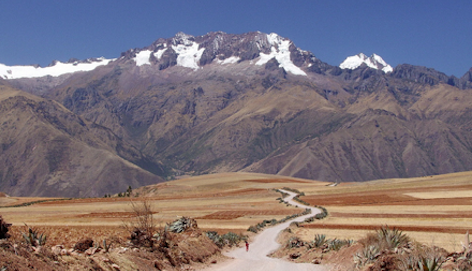
Today, the Alliance for Affordable Internet is pleased to release our first case study on a Latin America country. We’ve picked Peru – a fascinating country with multiple challenges including challenging topography, a dominant telecoms operator and a wide urban/rural connection gap.
As we note in our opening chapter:
“Tackling connectivity challenges in innovative ways has long been at the heart of Peruvian civilisation. The Incas, whose empire was centred in modern-day Peru, defied the topography of the Andes and built the most advanced road network of the era, allowing runners to deliver messages between cities stretching from Colombia in the North, to Chile and Argentina in the South. Tourists from around the world still flock to Peru to marvel at this ancient communications infrastructure.
Today, modern-day Peru is grappling with new connectivity challenges. There are positives – connection rates in urban areas are increasing steadily, and prices are relatively low for well-off city dwellers. However, step outside the major urban areas and a different picture emerges. Just 0.3% of rural Peruvian households had access to the Internet at home in 2010. Mobile broadband – the most common access method for those living in rural areas – is also significantly more expensive than in other countries in the region.
Progressive policy steps are being taken to address these challenges. An ambitious National Broadband Plan, drafted in 2011, calls for an 11,000km open access fibre backbone network, delivered through public-private partnerships. Steps are being taken to enhance competition in the telecommunications market, which is presently dominated by a single player. Meanwhile, the government is working hard to deliver electrification in rural areas – a necessary pre-requisite for good connectivity.”
The full case study is available for download here. We hope you find it interesting and valuable to your work.
Comments are closed.
